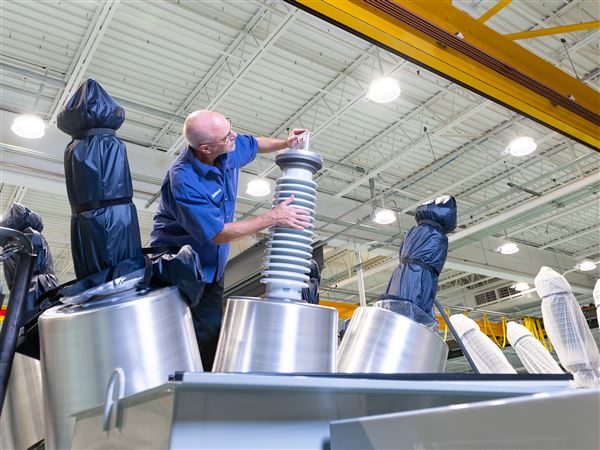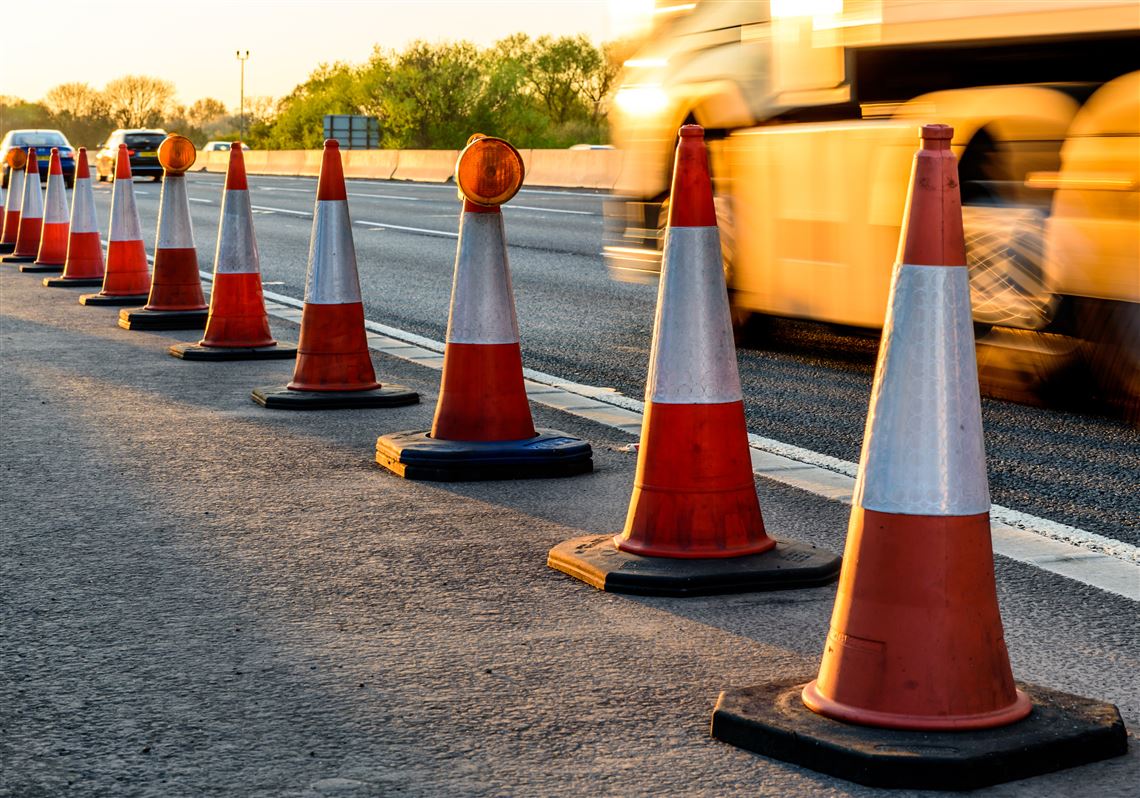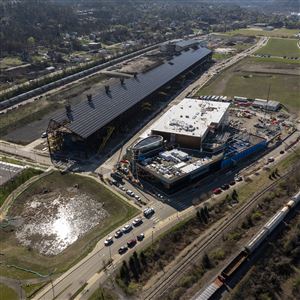By next spring, motorists who blow through construction zones at excessive speeds could begin receiving unwanted mail: speeding tickets that cost $75 to $150 after the first offense.
That’s because last week, after more than six years of lobbying by agencies and construction unions, the state Legislature approved installing cameras and electronic equipment to monitor the speed of vehicles in construction zones on state-maintained roads, including interstates and the Pennsylvania Turnpike. If motorists travel more than 11 miles above the speed limit, the system will take a photograph of their license plate and send a notice to the vehicle’s owner.
The first violation is a warning, but the second is a $75 ticket and subsequent violations bring a fine of $150. The tickets do not include points on the driver’s license or notification to insurance companies.
The bill also allows cameras on Roosevelt Boulevard in Philadelphia, which local officials call a chronic speeding area.
“It really doesn’t make sense that it took so long,” said Frank Sirianni, who represents thousands of road workers as president of the Pennsylvania Building and Construction Trades Council. “It should have been done years ago.
“We have thousands of our members who have their lives in danger every day when they go to work. Safety for these people is our top priority.”
Statistics provided by the state Department of Transportation show that from 2012 through 2017 1,789 accidents in work zones resulted in 119 deaths.
Sen. Jay Costa, D-Forest Hills, said the legislation grew out of a November 2012 study by the state Transportation Advisory Committee that looked at the use of work-zone cameras in other states. That 57-page report recommended that Pennsylvania begin using cameras because electronic monitoring was less expensive than paying overtime to off-duty state troopers and that it resulted in motorists reducing their speed even in construction sites where cameras aren’t used.
But Mr. Costa said proposed legislation went through many changes before it received bipartisan support, including adding a warning, how to divide the proceeds and driver notification.
“It took us a while to get there,” the senator said. “Sometimes there’s resistance to these cameras, like Big Brother’s watching. We had to work through all of those things. The effort is finally over.”
The legislation authorizes a five-year test project and allows 18 months after Gov. Tom Wolf signs the legislation for the Department of Transportation, the turnpike and state police to develop the system and hire a vendor to operate it. In an email, a spokesman said the governor will sign the bill because it “gives the state more tools to protect construction workers and drivers.”
Turnpike CEO Mark Compton said the first step is for the three agencies to sign an agreement to operate the program and then issue a request for proposals from vendors. In anticipation of the bill passing, he said, the turnpike has been developing specifications so the project can seek bids as soon as an agreement is reached.
“It’s our desire to get it into operation in the next construction season [that begins in March],” said Mr. Compton, noting that two deaths in work-zone crashes on the turnpike have occurred in the past five years, with 173 crashes in the 2017-18 fiscal year and 41 crashes since June. “When we announced to our staff that it passed, it was a real boost. The workers said it showed they do indeed matter.”
He said automated speed enforcement doesn’t have to be used at every construction site to change behavior across the state. PennDOT and the turnpike also will continue their extensive public relations campaigns to encourage drivers to slow down in work zones.
“As I see it, we will target those high-cluster areas around the state,” Mr. Compton said. “If you take a look at what happened in Maryland, [using electronic monitoring some places] has changed behavior everywhere.”
Two key issues officials had to work out for the legislation to pass, Mr. Costa said, were notifications for motorists that they were entering a monitoring zone and the distribution of money from fines. As a result, signs must be posted five days before electronic monitoring begins and cameras can be used only in areas where crews are actively working.
Some legislators also were concerned that the fines were an attempt to increase revenue. In the end, the bill distributes 45 percent of fine proceeds to state police for recruitment and speed enforcement in work zones; 15 percent to PennDOT and the turnpike to cover the cost of the electronic program; and 40 percent to the state’s Motor License Fund for distribution by the Legislature.
“There are people who go to work every day at construction sites and this is about protecting them,” Mr. Costa said. “It’s about public safety. If you are going 62 or 63 mph [in a 55 mph zone], you’re okay, but if you are going 66 or 67, they can nail you.”
Mr. Compton agreed.
“The goal of the program is to get compliance and protect workers,” he said. “If we reach the point where most people are complying and we have to supplement the cost of the program, we’d be OK with that.”
Ed Blazina: eblazina@post-gazette.com, 412-263-1470 or on Twitter @EdBlazina.
First Published: October 8, 2018, 11:00 a.m.
Updated: October 8, 2018, 11:06 a.m.
















